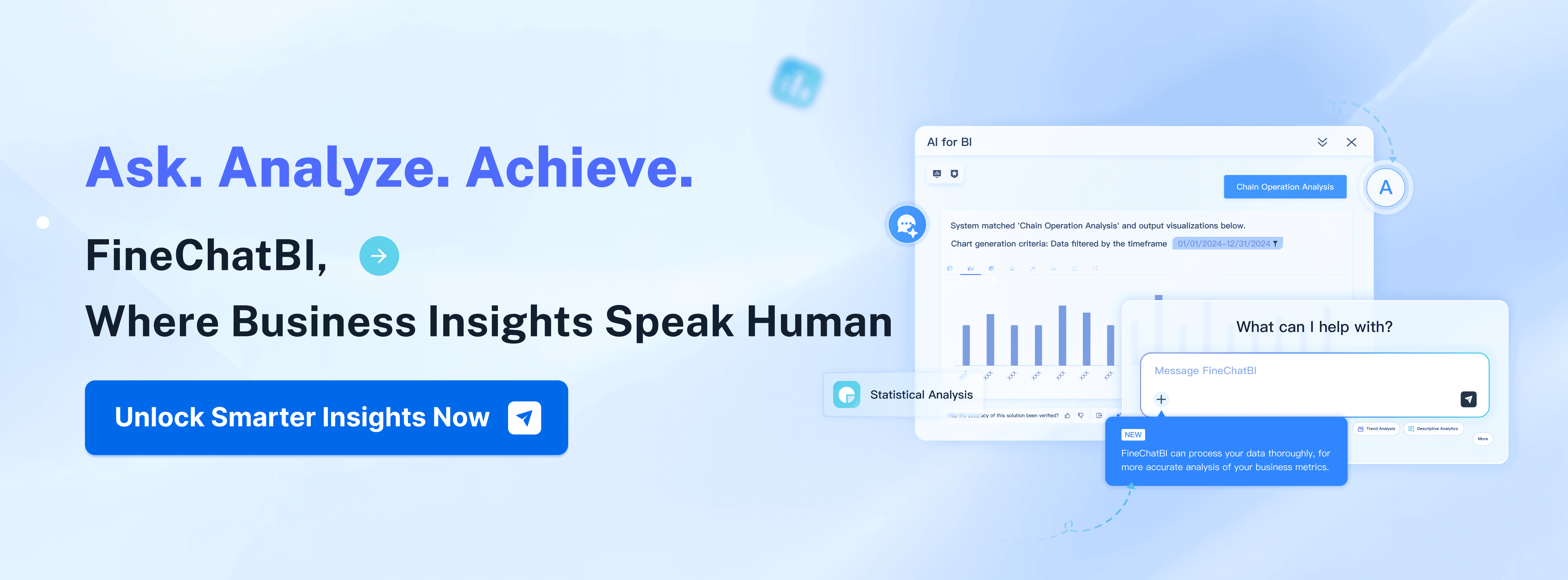You can build ai agents for data analysis from scratch using modern platforms and proven tools. Many organizations choose solutions like FineChatBI to streamline the process. Popular tools include Powerdrill AI, Tableau, Julius AI, and Microsoft Power BI. The table below highlights common platforms for building ai agents for data analysis from scratch:
| AI Agent | Key Features | Best For / Use Cases |
|---|---|---|
| Upsolve AI | Role-based dashboards, Natural Language Queries | CFOs, Product Managers, Sales Directors |
| Powerdrill AI | Interactive NLQ, Visualizations | Analysts, medium enterprises, data teams |
| Tableau | Generative AI queries, smart dashboard suggestions | Established data teams, advanced analytics |
| Julius AI | Conversational interface, spreadsheet analysis | Non-technical users, researchers, educators |
| Microsoft Power BI | AI narrative generation, automated insights | Large organizations, corporate teams |
Start your journey from scratch by selecting the right tools and platforms for your needs.
Define Your Data Analyst AI Agent’s Purpose
Set Data Analysis Goals
You need clear goals before you build an ai agent for data analysis. Start by asking what you want your data analyst ai agent to achieve. Many organizations use ai agents for data analysis to speed up decision-making and reduce manual work. You can use these agents to uncover insights at scale and monitor data in real time. They also help you enable predictive analytics and provide self-service options for business users.
Tip: Write down your main objectives. For example, you might want to automate reporting, detect trends, or forecast sales using a machine learning model.
Identify User Needs
Think about who will use your data scientist agent. Different users have different needs. Some want simple dashboards, while others need advanced analytics. You should focus on business outcomes and make sure your agent supports data literacy. Users need explainable and accurate results. Personalize insights based on user roles and skill levels. Your agent should adapt to company-specific terms and data structures.
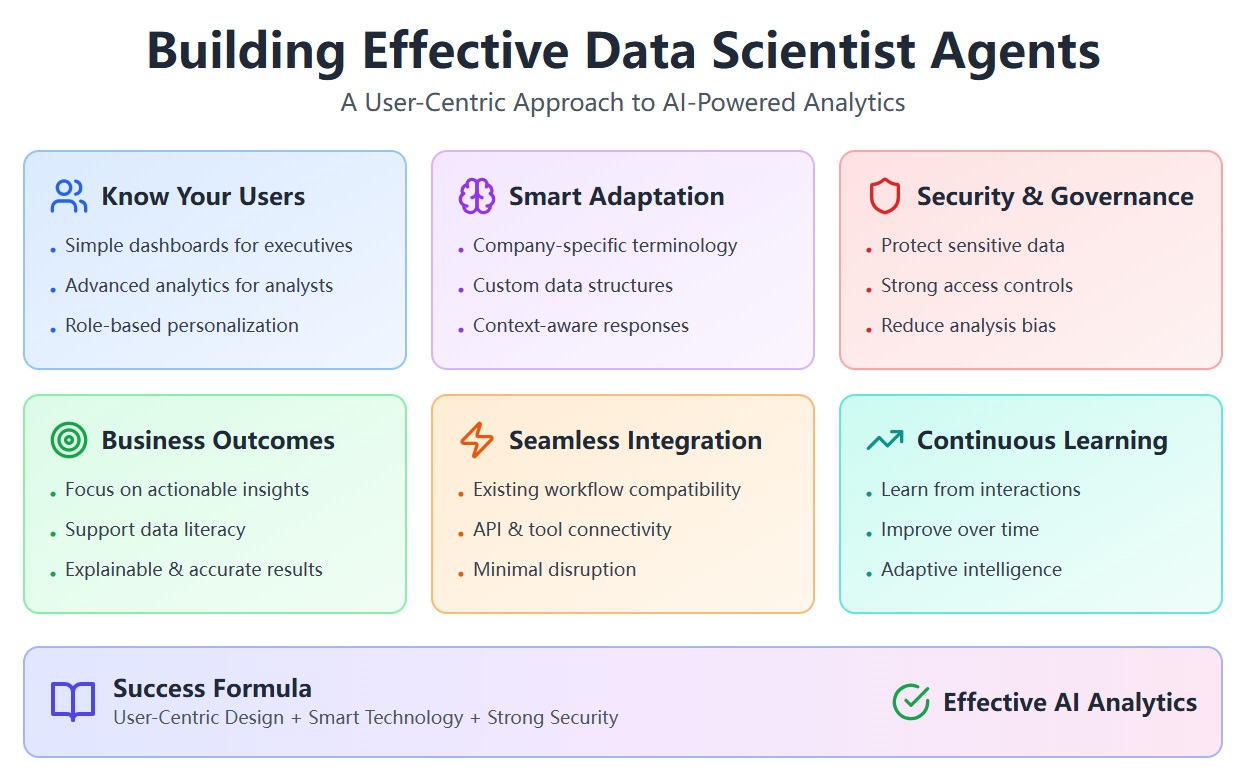
- Make sure your agent integrates with existing workflows.
- Protect sensitive data with strong governance and security.
- Include tools to reduce bias in analysis.
- Allow your agent to learn and improve over time.
Specify Data Inputs and Outputs
List the types of data your agent will use. You might work with spreadsheets, databases, or cloud sources. Decide what outputs you want, such as charts, reports, or alerts. Your ai agent development process should include steps for connecting to data sources and formatting results.
Note: Machine learning can help your agent analyze large datasets and find patterns. Choose outputs that match your users’ needs, like interactive dashboards or automated notifications.
A clear purpose helps you build an ai agent that delivers value. When you define goals, user needs, and data flows, you set the foundation for effective data analysis and analytics.
Prepare and Integrate Data for AI Agents

Building a strong foundation for your data analyst ai agent starts with high-quality data. You need to focus on data collection and preparation to ensure your ai agents for data analysis deliver accurate results. Clean, well-organized data helps your data scientist agent make better decisions and supports advanced analytics.
Gather and Clean Data Sources
You should collect data from all relevant sources, such as spreadsheets, databases, and cloud platforms. Cleaning this data is essential before you use it for analysis or to build an ai agent. Common steps include:
- Tokenization: Split text into individual words or tokens.
- Remove noise: Eliminate unwanted symbols, emojis, and hashtags.
- Normalization: Convert text to lowercase for consistency.
- Remove stop words: Discard common words that do not add meaning.
- Lemmatization or stemming: Reduce words to their base or root form.
Tip: Always check for duplicates and missing values. Clean data leads to more reliable machine learning results.
Use FanRuan’s FineDataLink for Data Integration
You can simplify integration by using FanRuan’s FineDataLink. This platform connects over 100 data sources and syncs information in milliseconds. FineDataLink helps you build a unified data warehouse and automates routine tasks, which increases efficiency and reduces errors. It supports real-time data synchronization and offers powerful ETL/ELT features. These tools let you automate data flows, track data changes, and ensure your ai agent development process runs smoothly.
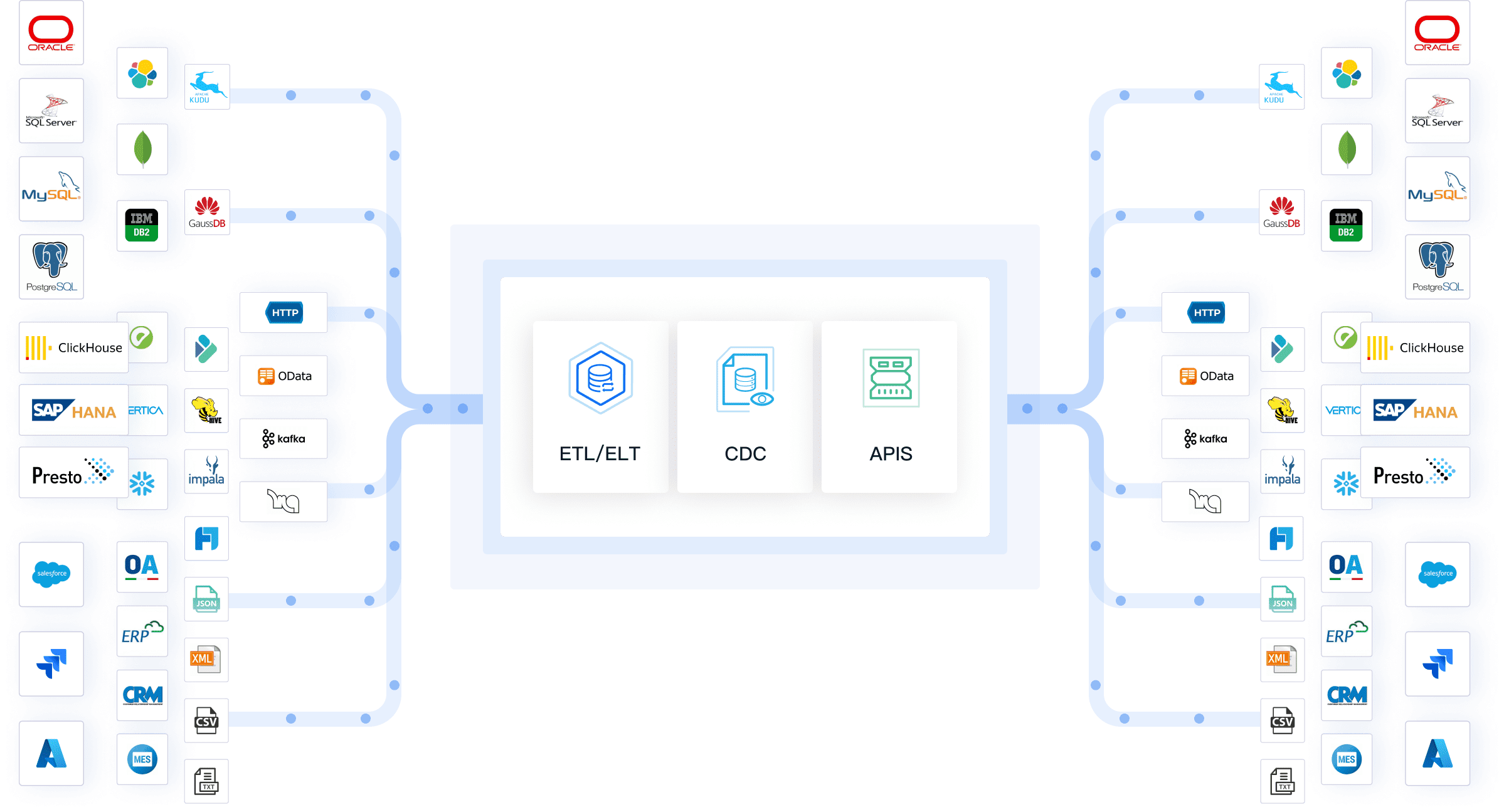
Organize Data for Analytics
After integration, you need to organize your data for analytics and machine learning model training. Follow these best practices:
- Set up preprocessing pipelines to clean and standardize data.
- Apply validation rules to check for completeness and consistency.
- Use automated monitoring to track data quality in real time.
- Establish governance policies to maintain quality over time.
Organized data supports natural language processing and makes analysis faster and more accurate. When you prepare your data well, your ai agent can deliver insights that drive better decisions.
Choose Tools and Build an AI Agent

Select Programming Language and Libraries
You need to choose the right programming language before you build an ai agent for data analytics. Python is the most popular choice because it offers many machine learning libraries and supports rapid prototyping. R is essential for data analysis and statistical computing. Java works well for enterprise-level solutions. Prolog helps with complex reasoning tasks, especially in expert systems and natural language processing. C++ gives you high performance for resource-intensive analytical tasks. Julia promises ease-of-use and computational efficiency.
Here is a table that compares the strengths of each language:
| Language | Strengths and Applications |
|---|---|
| Python | Extensive machine learning libraries, simplicity, rapid prototyping, deep learning capabilities. |
| R | Powerful for data analysis, efficient data manipulation, robust ecosystem of packages. |
| Java | Robustness and scalability for enterprise-level solutions. |
| Prolog | Complex logical reasoning, useful for expert systems and natural language processing. |
| C++ | Unparalleled performance for resource-intensive applications. |
| Julia | Promises ease-of-use and computational efficiency. |
You also need to select frameworks and libraries that help you build ai agent solutions. AutoGen lets you create multiagent applications. CrewAI helps you orchestrate multiagent solutions. LangChain is a go-to framework for building LLM-powered applications. These tools support reasoning, automated analysis, and analytics.
Tip: R efficiently handles vast datasets and offers a versatile ecosystem of packages for complex analytical challenges.
Leverage FineChatBI for Conversational Data Analytics
You can enhance your data analyst ai agent by integrating FineChatBI. This tool gives you a user-friendly interface for asking natural language questions. You get instant, actionable insights without building complex dashboards. FineChatBI connects seamlessly with your existing data systems and provides real-time updates that reflect live metrics. It uses machine learning to deliver predictive analytics. Everyone in your organization can use it, regardless of technical background.
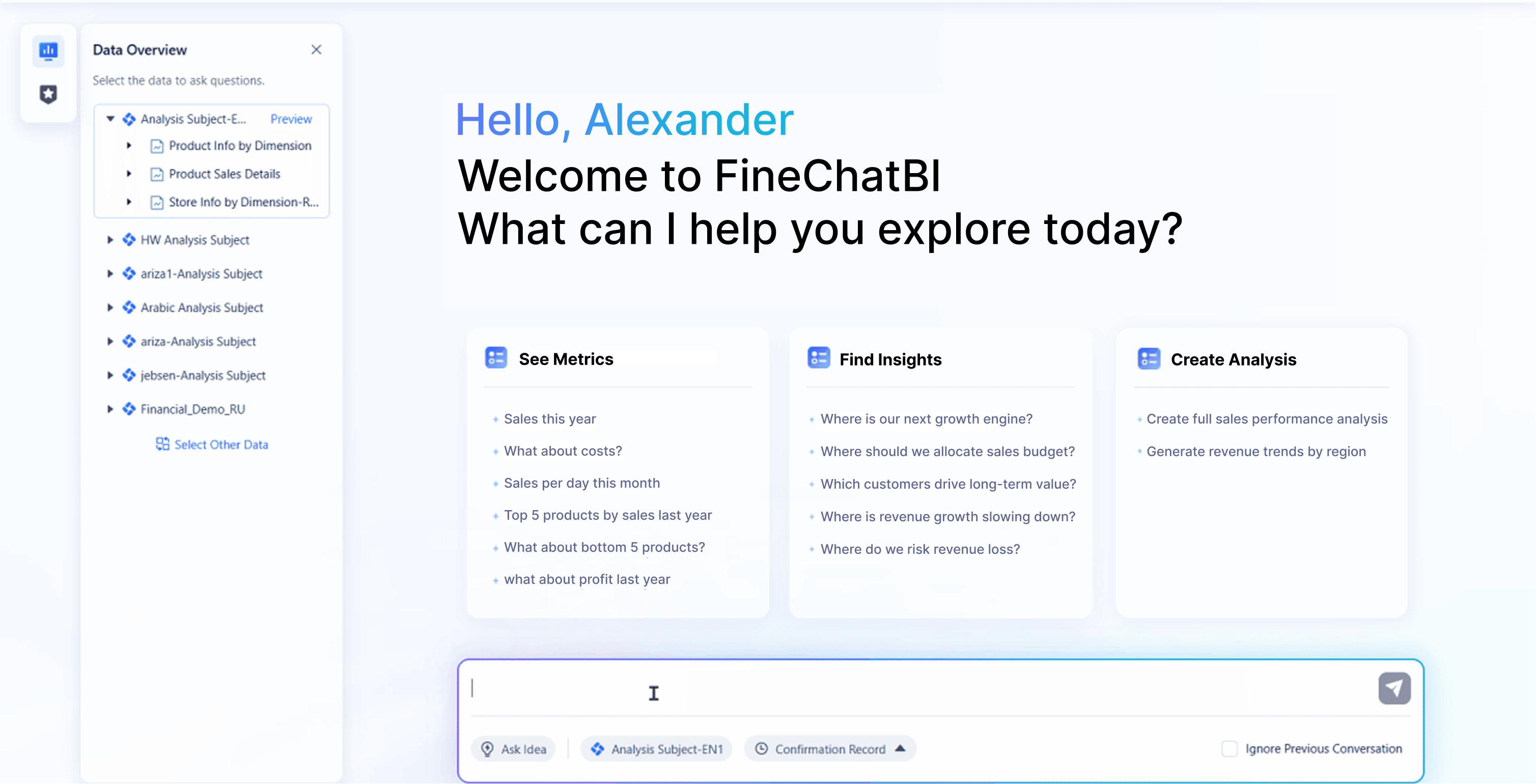
FineChatBI supports reasoning and action by guiding users through analytical tasks. You can access automated analysis and generate reports quickly. The system maintains context during multi-turn conversations, so you get accurate answers every time. You can export results as Excel files or images and create dashboards for deeper exploration.
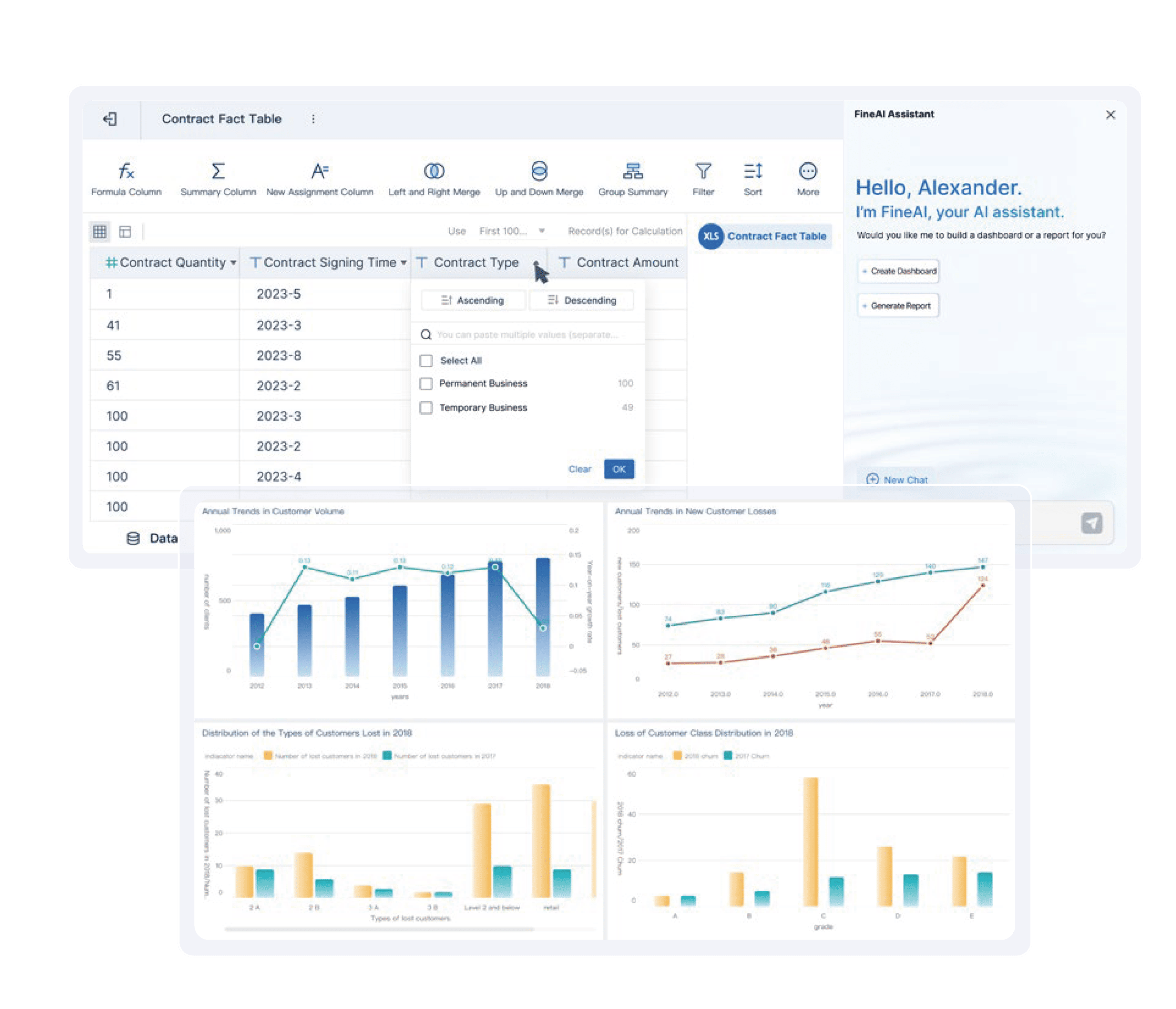
Note: FineChatBI makes data analytics accessible for all users and supports decision-making with reliable, up-to-date data.
Implement Core Logic and Reasoning Patterns
You need to design the core logic for your data focused ai agent. The agent receives an input, such as a query or instruction. It transforms the query into a structured prompt and sends it to a large language model. The model uses reasoning to generate a response. The agent returns the output to the user interface, sometimes with formatting or postprocessing.
Here are the key steps for implementing reasoning and action in your agent:
- Receives an input from a user or system.
- Invokes the LLM to process the query using reasoning.
- Returns a response to the interface, including any necessary formatting.
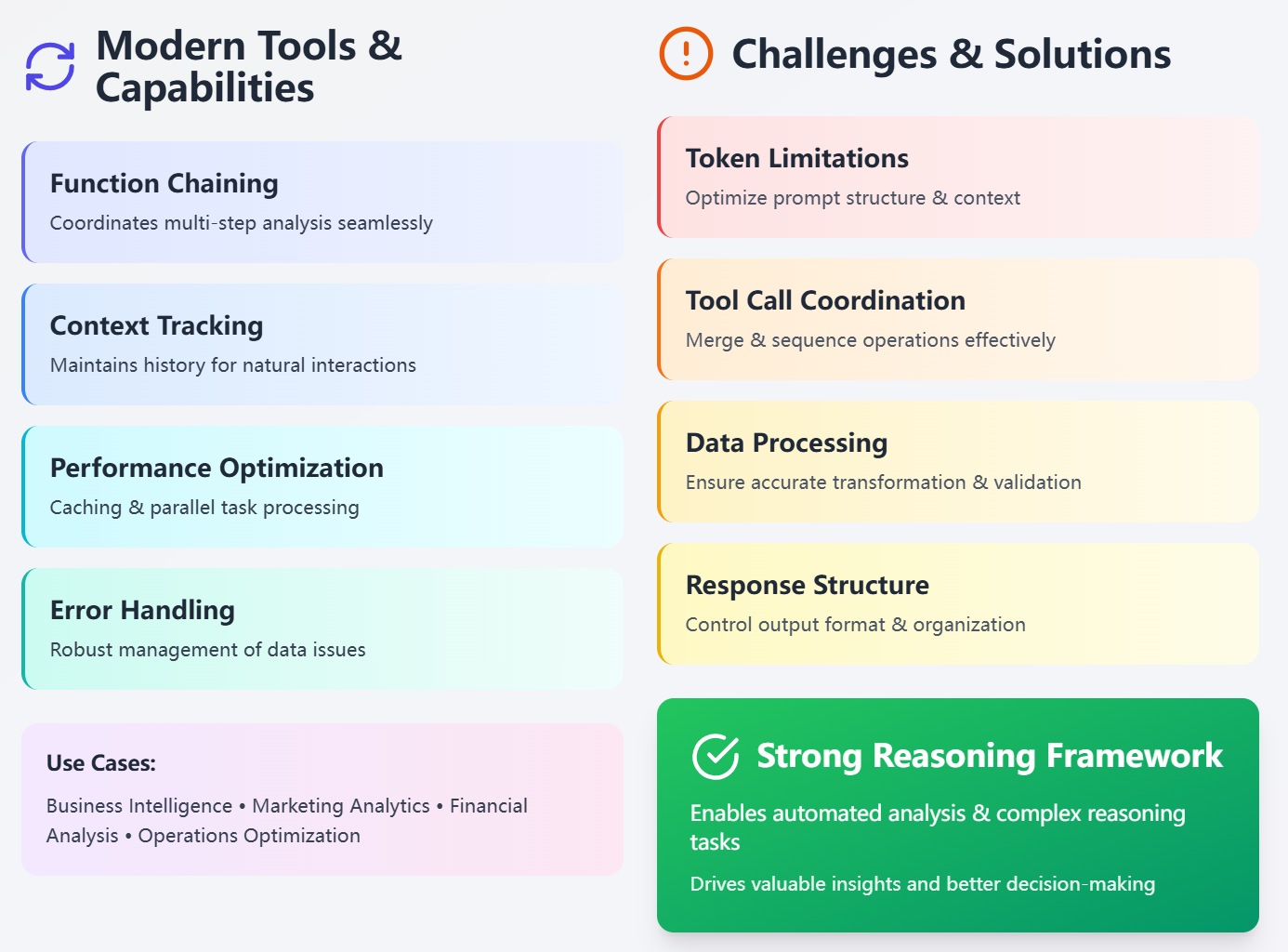
Modern tools like the OpenAI API help you train an ai agent and optimize performance. These tools support function chaining, which coordinates multi-step analysis. They track previous analyses to maintain context and enable natural interactions. They cache calculations and parallelize analytical tasks for efficiency. They also provide robust error handling to manage data issues and unexpected inputs. You can use these features for business intelligence, marketing analytics, financial analysis, and operations optimization.
When you build ai agent solutions, you face challenges such as token limitations, merging tool calls, processing data properly, and controlling response structure. You must structure your data scientist agent to handle these issues and deliver clear, well-organized outputs.
A strong reasoning framework helps your agent perform automated analysis and analytics. You can train an ai agent to handle complex reasoning tasks and support machine learning model development. This approach ensures your ai agents for data analysis deliver valuable insights and drive better decisions.
Enhance Data Analytics Capabilities
Integrate Natural Language Processing
You can make your data scientist agent smarter by adding natural language processing. This technology helps your agent understand and respond to questions in plain language. You can use several techniques to improve how your agent handles language:
- Bag-of-Words counts word frequency in a sentence or document.
- Term Frequency-Inverse Document Frequency (TF-IDF) weighs the importance of words based on how often they appear.
- Word embeddings capture the meaning and relationships between words.
- Semantic analysis helps your agent understand the context of words.
- Machine learning models allow your agent to learn from data and adapt to new language patterns.
- Neural networks, especially deep learning models, handle complex language tasks.
FineChatBI uses these methods to deliver conversational analytics. You can ask questions and get answers in real time, making analysis more intuitive and accessible.
Add Visualization and Reporting Features
You should give users clear ways to see and share results. Visualization tools like Tableau, Domo, and Looker help you create interactive dashboards and charts. These tools let you customize views and explore data from different angles. Natural language processing lets users generate insights without technical skills. Advanced analytics and predictive features help you find trends and patterns.
FineChatBI stands out by providing instant visualizations and automated reports. You can export results, switch chart types, and drill down for deeper analysis. Real-time insights help you make quick decisions. Automated report generation saves time and reduces the need for technical support. Pattern recognition and anomaly detection reveal hidden issues and opportunities.
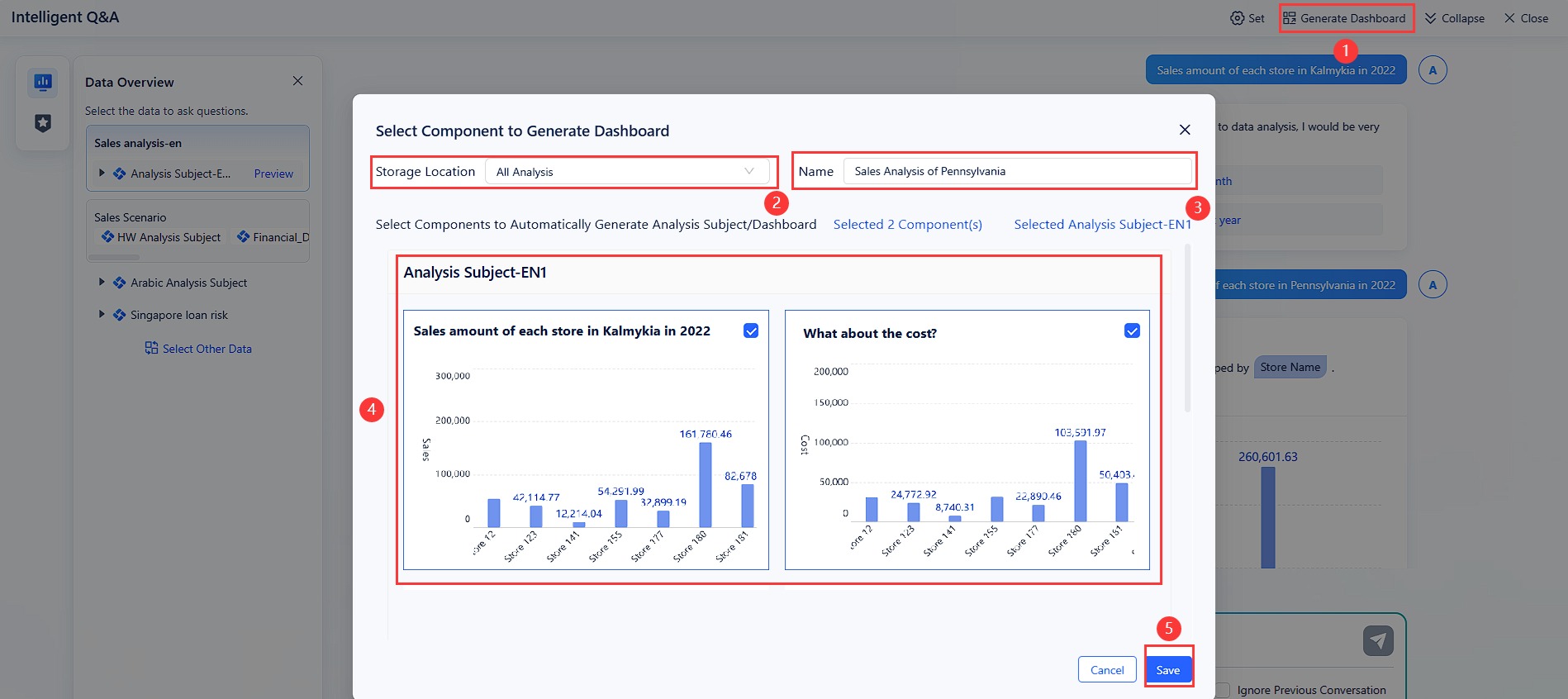
Test and Optimize Your Data Analyst AI Agent
You need to test your agent to make sure it works well in real situations. Use different methods to check performance and reliability:
| Testing Methodology | Description |
|---|---|
| Scenario Simulation | Test your agent in real-world situations. |
| Performance and Stress Testing | Check how your agent handles heavy use. |
| Reinforcement Learning Validation | Make sure your agent learns the right actions. |
| Decision-Making Validation | Ensure your agent makes logical and clear choices. |
| Regulatory and Compliance Testing | Confirm your agent follows rules and stays fair. |
| Human-in-the-Loop Testing | Get feedback from real users and improve your agent. |
| Continuous Monitoring | Watch your agent after launch to keep it stable. |
After deployment, track efficiency gains, cost savings, and accuracy improvements. Monitor customer satisfaction and review your agent’s performance regularly. FineChatBI’s real-time insights and conversational interface help you optimize reasoning and action, making your machine learning model more effective over time.

You can build a data scientist agent by following a modular approach, using effective prompt engineering, and integrating with AI models. The table below highlights key steps for success:
| Step | Description |
|---|---|
| Data Integration | Use real-time platforms for up-to-date insights. |
| Tool Selection | Choose user-friendly analytics solutions. |
| Continuous Improvement | Monitor, review, and update your agent. |
FineChatBI offer scalable analysis and reliable data workflows. Next, explore advanced features, deploy your agent in real-world scenarios, and connect with enterprise systems for greater impact.
FAQ

The Author
Lewis
Senior Data Analyst at FanRuan
Related Articles

How Ai in Business Report is Shaping Enterprise Strategies
AI in business report reveals trends driving enterprise strategies, with rising adoption, agentic ai, and tools like FineChatBI boosting growth.
Lewis
Dec 21, 2025

What Is AI Data Analysis in 2025
AI data analysis in 2025 uses machine learning and NLP to process data, uncover patterns, and deliver fast, accurate insights for smarter decisions.
Lewis
Dec 18, 2025

The 10 Best AI Data Tools Every Analyst Should Know
See which AI data tools for 2025 help analysts automate tasks, boost productivity, and uncover insights with advanced analytics and seamless integration.
Lewis
Dec 17, 2025
